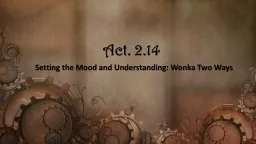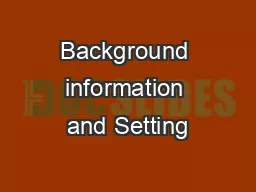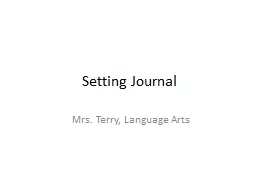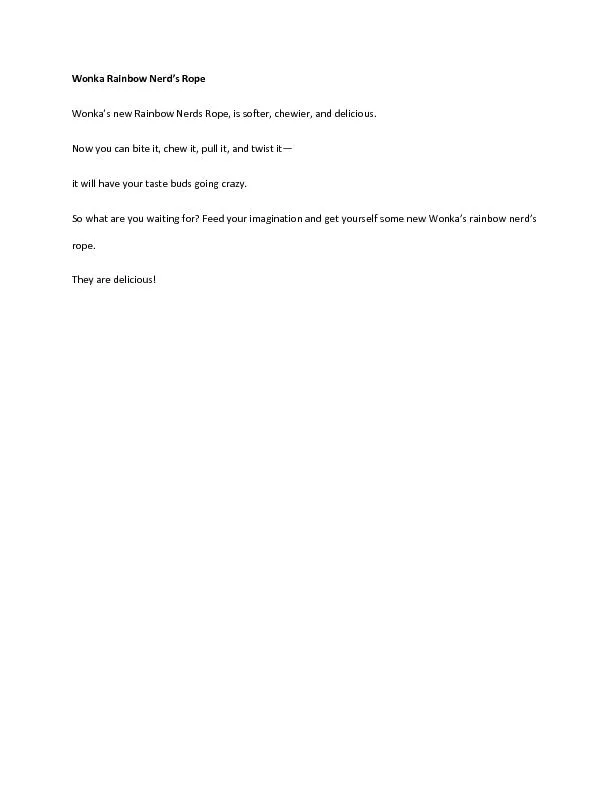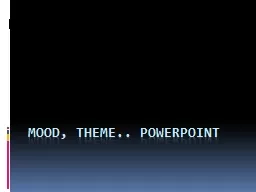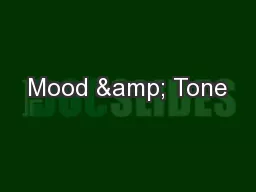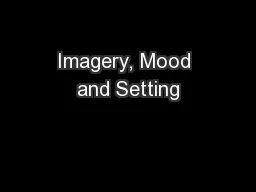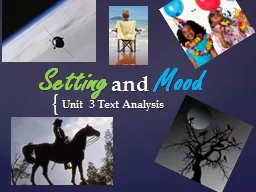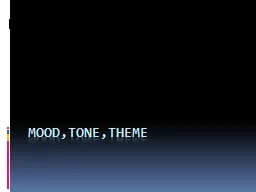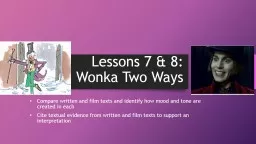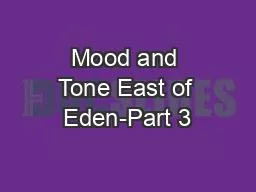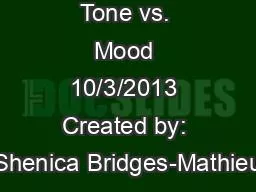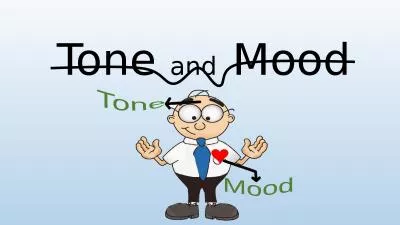PPT-Act. 2.14 Setting the Mood and Understanding: Wonka Two Ways
Author : avantspac | Published Date : 2020-07-03
Learning Targets and CCSS Compare written and film texts and identify how mood and tone are created in each Cite textual evidence from written and film texts to
Presentation Embed Code
Download Presentation
Download Presentation The PPT/PDF document "Act. 2.14 Setting the Mood and Understan..." is the property of its rightful owner. Permission is granted to download and print the materials on this website for personal, non-commercial use only, and to display it on your personal computer provided you do not modify the materials and that you retain all copyright notices contained in the materials. By downloading content from our website, you accept the terms of this agreement.
Act. 2.14 Setting the Mood and Understanding: Wonka Two Ways: Transcript
Download Rules Of Document
"Act. 2.14 Setting the Mood and Understanding: Wonka Two Ways"The content belongs to its owner. You may download and print it for personal use, without modification, and keep all copyright notices. By downloading, you agree to these terms.
Related Documents

